Hugelkultur raised beds are constructed by building hills of logs, brush and sticks and covering the hill with soil and compost. The raised bed can then be planted with your annual or perennial fruits and vegetables, trees and other garden goodies. The most notable benefit of a hugelkultur bed over a traditional garden plot is the reduced need for irrigation. The buried wood works much like a sponge, soaking up excess water during periods of heavy rain and releasing water slowly into the bed during dry periods. The taller the hill, the longer your hugel bed can withstand lack of rain or irrigation. Some sites indicate that a six foot tall bed can go months or even an entire growing season without rain, supplying all the water necessary for your plants from the stored water in the wood. The wood will slowly decompose providing an embedded source of humus for your garden. Other benefits include improved aeration in the bed, improved drainage, heat generation from the composting process (the first few years) and a productive way to make use of those fallen branches and brush littering the property.
Every good idea should be tested and applied, so I spent several weekends in March building a test hugelkultur bed on the farm. With over 20 acres of forest we have an ample supply of fallen trees and branches. A few online articles and blogs raised a concern that the wood would rob nitrogen the first few years as the composting process got cranked up. I can understand the point and decided to dump a few tractor bucket loads of horse manure, from those compost machines in the barn, on top of the wood. My neighbor has a trucking and excavation business and he dropped off a load of topsoil that went on the top of the manure. The photo series at the bottom of the post showcases the progress. These were taken late in the evening after each day's additions so but I don't think the long shadows mask too much detail.
After completing the bed and letting it sit for a few weeks it was time to get planting. I am a big fan of perennial crops (aka lazy gardener). Unfortunately, most of our soil is better classified as dirt. I have tried a few times to establish beds for rhubarb, asparagus, raspberries and strawberries but failed to get a thriving plot established. My first hugel runs east to west so I decided to plant the rhubarb on the south side, asparagus down the top, strawberries as a ground cover, and the raspberries on the north side. As the canes get some height they should peak over the top of the bed reaching for the sun. I also had a few pounds of seed potatoes I planted into the east and west ends of the bed.
The dimensions on the hugelkultur bed measure 12 ft. long, 4 ft. wide and 4 ft. tall. This is quite a tall and steep raised bed. It takes some adjustment to viewing and planting. At several points during the process, I questioned whether this would really work, but I had to give it a try. My plot is out of sight of everything but the wildlife, but I could see why some people may have concerns over appearances in a suburban setting. You still achieve some of the benefits of the approach on beds as short as two feet tall, which may be a more practical approach for many gardeners.
If this test bed is a success I hope to build several more for next year. I will post some update photos once the growing season gets into high gear. In the meantime, I found a toad lounging on the steep banks of that hill this week. I view that as a very positive sign for a fruitful future.
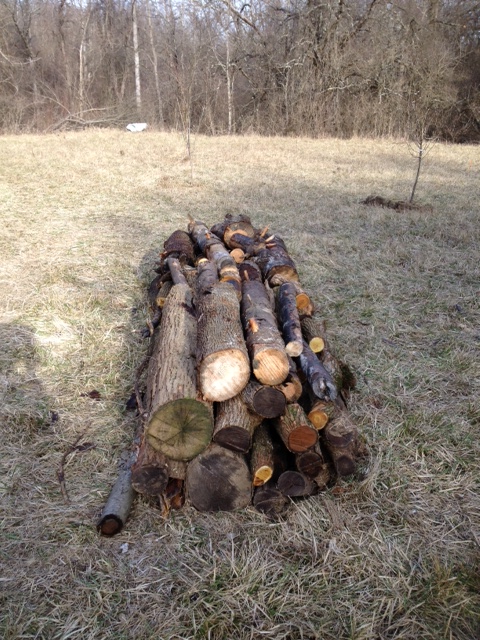
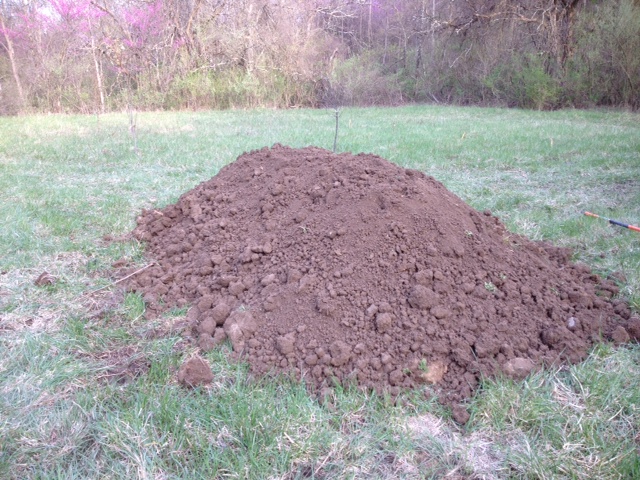
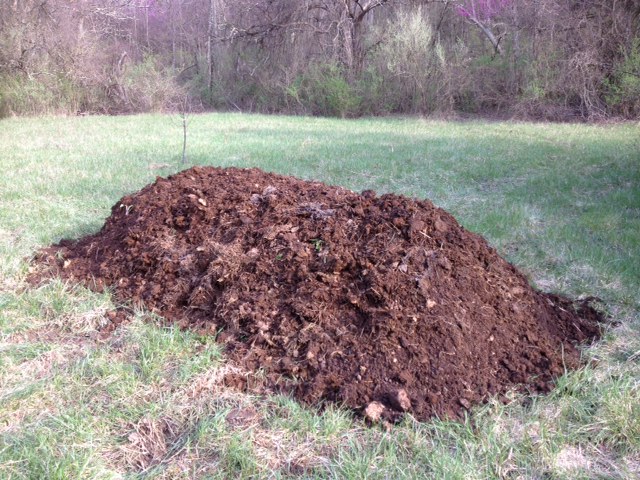
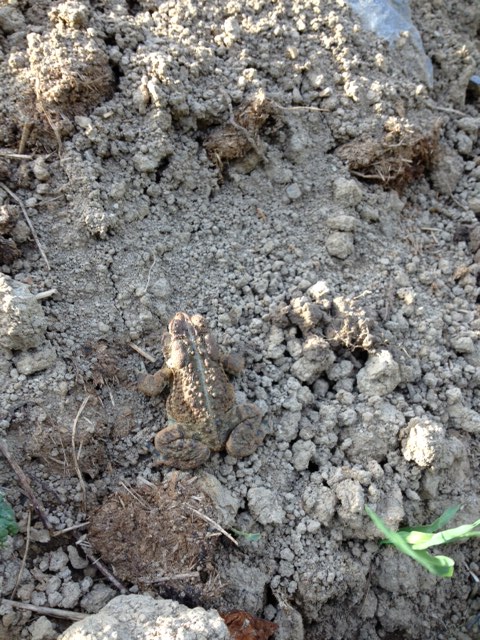
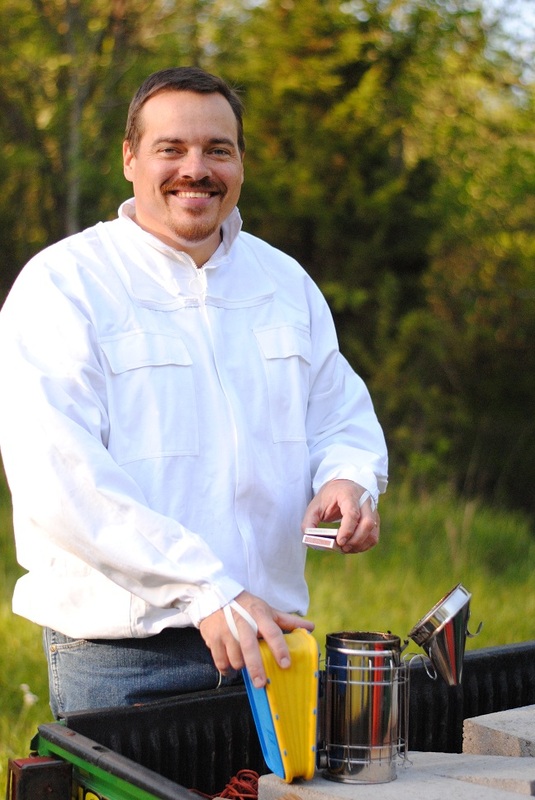
 RSS Feed
RSS Feed